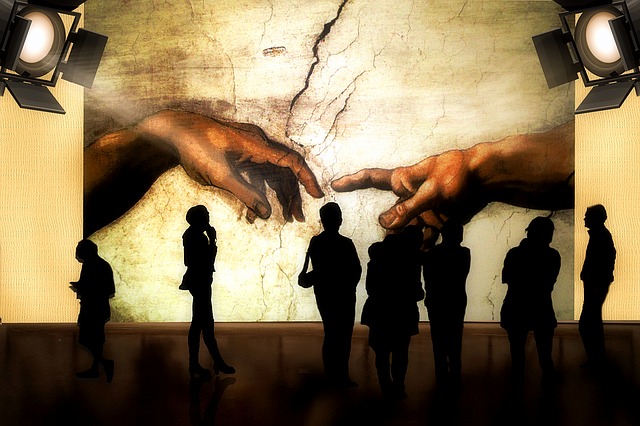The Social Consequences of Chronic Pain
/By Ann Marie Gaudon, PNN Columnist
When someone suffers acute pain from an accident or injury, a positive consequence is that it evokes care and compassion from others. However, when that pain becomes chronic, you don’t often receive flowers, cooked meals and offers of help. Your social connections may suffer, too.
That’s not a small issue for pain patients. A 2008 study found that maintaining social activities are just as important for people in pain as many of the physical and psychological consequences of chronic pain.
Let’s take a look at a short list of five ways that chronic pain challenges the maintenance of social relationships.
1) Reduced participation in social activities
Chronic pain physically takes people away from their social networks. Pain flares can be a disincentive to planning and engaging, and can inhibit participation in activities. Fear of judgment can also lead to social withdrawal. And a lack of invitations to social gatherings may mean others are judging or making assumptions about your capabilities.
2) Impaired interpersonal functioning
Chronic pain induces self-focused attention by latching your attention on an area that may be under threat. For example, persistent back pain may draw your attention away from others and put it on your lower back.
When attention is taken away from others, it reduces your ability to show empathy, social interest and attentiveness. This in turn reduces pro-social behaviour and impinges on your ability to self-regulate and monitor your emotions -- skills we rely on to adapt our behaviour to different social situations and norms.
For example, we might want to laugh loudly while reading a funny book in the library, but we stop ourselves. Or we might be at a work event and notice there is no foul language, so we self-monitor and do not swear ourselves.
These types of social skills require attention. When chronic pain is taking up attention, there will be less capacity for self-regulation and self-monitoring. The end result: pro-social behaviours suffer.
3) Chronic pain and negative mood
Although being in a bad mood is a normal but unwanted reaction to chronic pain, it is not considered socially appropriate. Pain sufferers often try to mask their mood to help others feel more comfortable.
Negative moods are contagious and can influence the mood of other people, resulting in less enjoyment for everyone. It can also induce more negative judgments and bias against others.
4) Loss of social roles and identity
Social relationships are founded upon shared social identities and interdependent social roles. For example, as we grow and develop, we have childhood friends that we have much in common with and are close to. But as we become adults, we often go in different directions and no longer have so much in common.
Relationships erode or dissolve because of this. If a chronic pain patient can no longer work, enjoy activities or be on a team, this can erode self-identity and the commonalities that were once in place with friends.
5) Difficulty connecting with others
Chronic pain can lead to a focus on the differences we have with others, rather than the similarities. This can fuel beliefs that you are less than, not reliable or even less competent due to your pain. As a result, you may withdraw from others rather than others removing themselves.
This is not an exhaustive list but it gives you an idea of the challenges faced in the social world by pain sufferers. It’s important for overall health to assess your social functioning as part of a biopsychosocial approach to pain management.
As a therapist, I need to understand a patient’s level of satisfaction with their social roles and identities, and the health of their interpersonal relationships with others in order to help them with strategies and coping skills to restore and maintain their social connections.
Interventions can be utilized such as group therapy, which is beneficial in the realization that you are not alone, and for strengthening relationships, reducing isolation, helping you to find your voice, and providing a safety net. Support groups offer many of these same benefits. You may learn helpful information and gain hope from the social support of others. Many support groups are free or charge a nominal fee.
Therapy can also provide social skills training. And couples training can help caregivers understand their loved one’s pain and acquire their own coping skills to avoid burnout and social isolation.
Ann Marie Gaudon is a registered social worker and psychotherapist in the Waterloo region of Ontario, Canada with a specialty in chronic pain management. She has been a chronic pain patient for over 30 years and works part-time as her health allows. For more information about Ann Marie's counseling services, visit her website.









